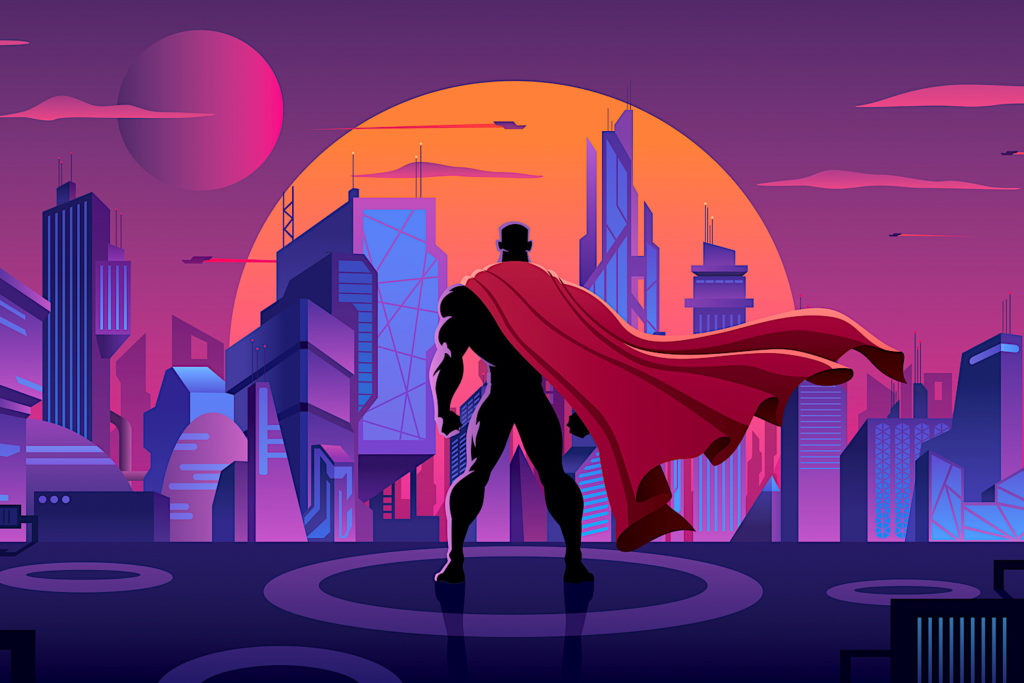
Superpowers of Creativity and the Work of Neil Gaiman
I recently went to a live reading by Neil Gaiman, an author of immense imagination. Even if you don’t recognize his name, you probably know his work. His writing spans a variety of genres, from novels to comics, and much of it has been adapted to the big and small screens. The animated film Coraline and the television series American Gods are a couple examples.
Listening to Neil Gaiman discuss his life, work, and interest in the supernatural has led me to consider the possibility that he and others may possess creative superpowers. This sounds amazing, but as in all realms of life, with great power comes great responsibility. Creative superpowers, as well as their dark side, are topics worthy of consideration.
Neil Gaiman, Heroes, and Villains
Neil Gaiman has created his own supernatural tales but has also been involved in continuations of famous superhero sagas, including those of Batman and The Sandman.
Superhero stories have made their jump from comics to the big screen at a quickening pace in recent years. This summer alone, new filmic versions of the stories of Dr. Strange, She-Hulk, and Ms. Marvel are set to hit cinemas and streaming services.
With my attendance at the Neil Gaiman reading, and with all the superhero energy of the approaching summer, I couldn’t resist a post on the superpowers of creativity.
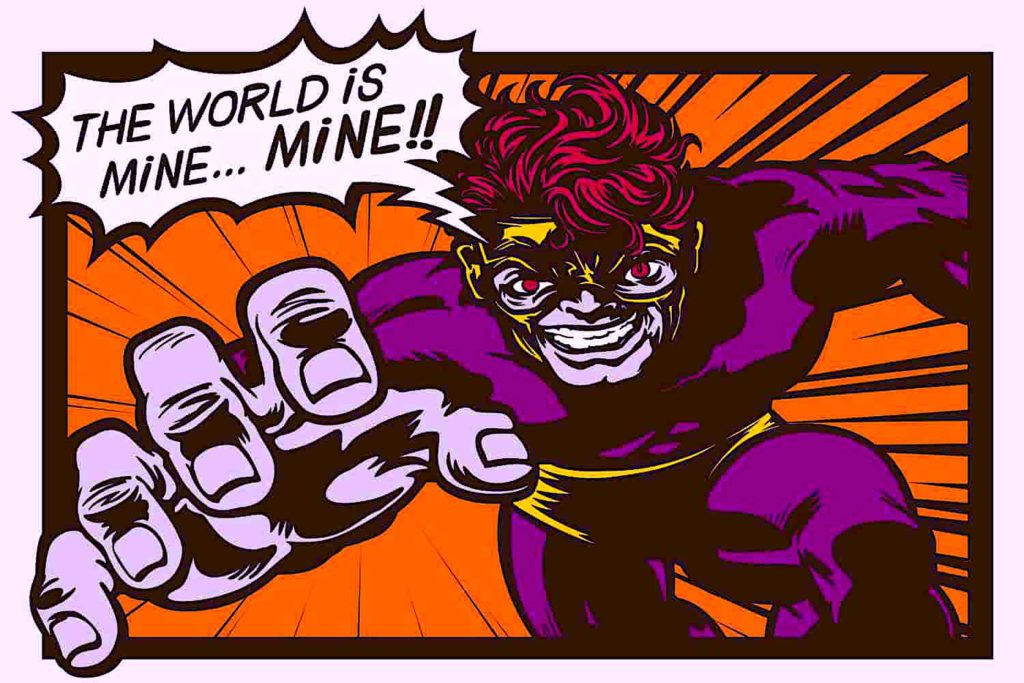
The subject had already been swirling around in my brain. Last summer I wrote about the related topic, “Your Creative Nemesis.” In that piece, I personified various creative stumbling blocks as supervillains. Perhaps it says something about my psychology that I wrote about the antagonists before the protagonists. But this might not be an entirely bad thing; after all, Neil Gaiman has built a career on buoyantly writing about the macabre side of the human experience, which is evident in his award-winning novel The Graveyard Book.
But back to the topic of creative superpowers, for both good and evil.
Your Creative Superpowers
If creative superpowers really were to exist, what would they be? Considering the definition of creativity, along with the numerous tropes of superhero legends, may provide some answers.
Many superheroes in the pantheon of D.C. Comics, the Marvel Universe, or other superhero franchises have abilities that are simply amplified versions of regular human traits. They possess superhuman strength, speed, or perception. We could imagine these qualities applied to creativity, which at its core is the ability to make new connections for a productive outcome. A creative superhero could perhaps summon incredibly strong ideas in a creative realm, or do this at the speed of light, or to a quantity never before imagined. We can perhaps think of real people like this, who seem to have creative speed, strength, or endurance beyond those of beings born on a planet with a yellow sun.
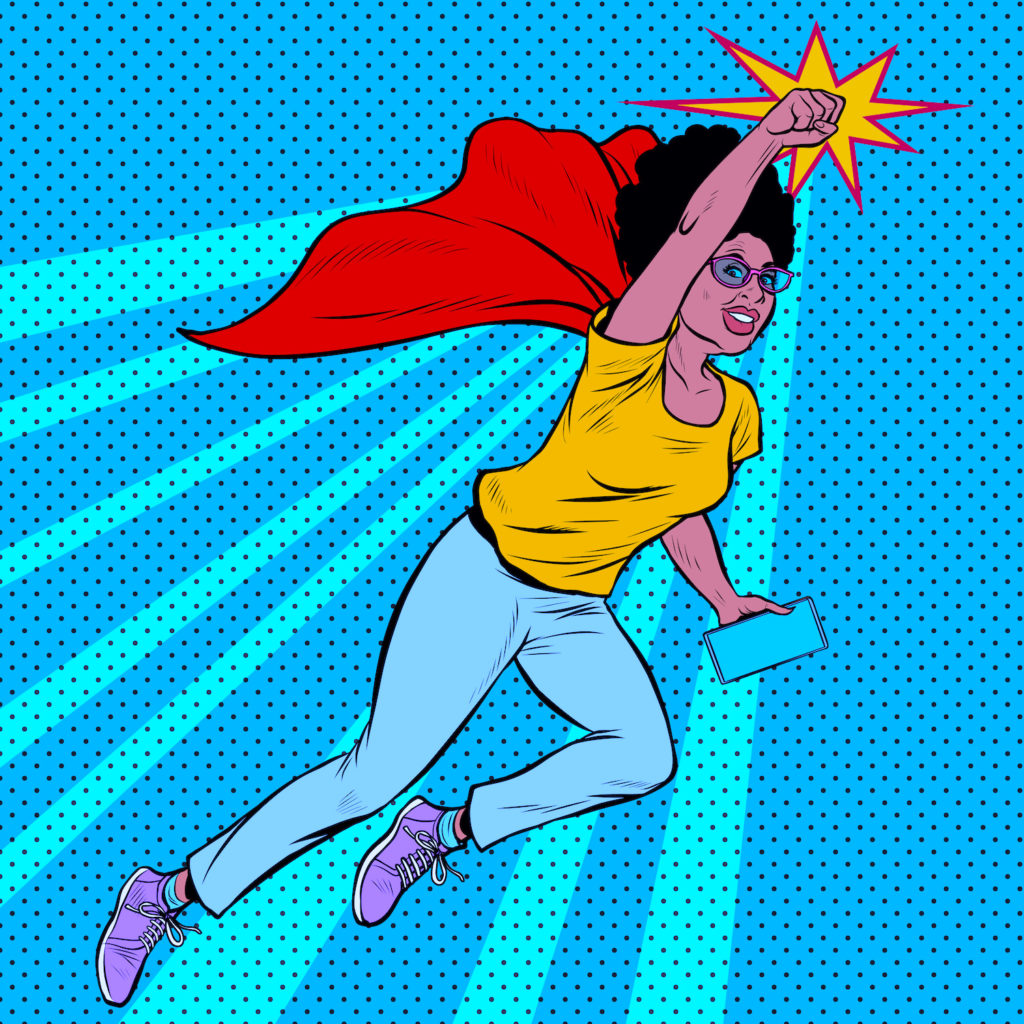
Other superheroes have abilities in specific realms. They have power over plants or animals, can manipulate water or fire, or wield amazing skill in magic or technology. We probably also know of people whose creative superpowers lie in a particular ambit. We may know earthlings who possess the power to make amazing new connections in a very specific realm, such as the kitchen, the classroom, the boardroom, or the laboratory.
Yet there are other superheroes with the ability to bend the laws of nature. These, too, have their equivalents in the creativity multiverse. Some creatives bend the rules of their chosen genres or shift the paradigms of their fields of specialization. These are clearly exceptional cases, but they exist. Creative superpowers really do exist!
The Shadow of the Creativity Cape
I imagine that Neil Gaiman, with his perennial focus on the darker side of human nature, would be sure to warn us of the negative repercussions of having superpowers of creativity. Afterall, superheroes always face the drawbacks of their fantastic powers.
Superheroes often find themselves torn between worlds. On one side, they have their responsibility to humanity, and on the other, their desire to lead normal lives. To this end, many superheroes adopt secret identities. But despite their best intentions, many superheroes end up causing hardship for their loved ones.
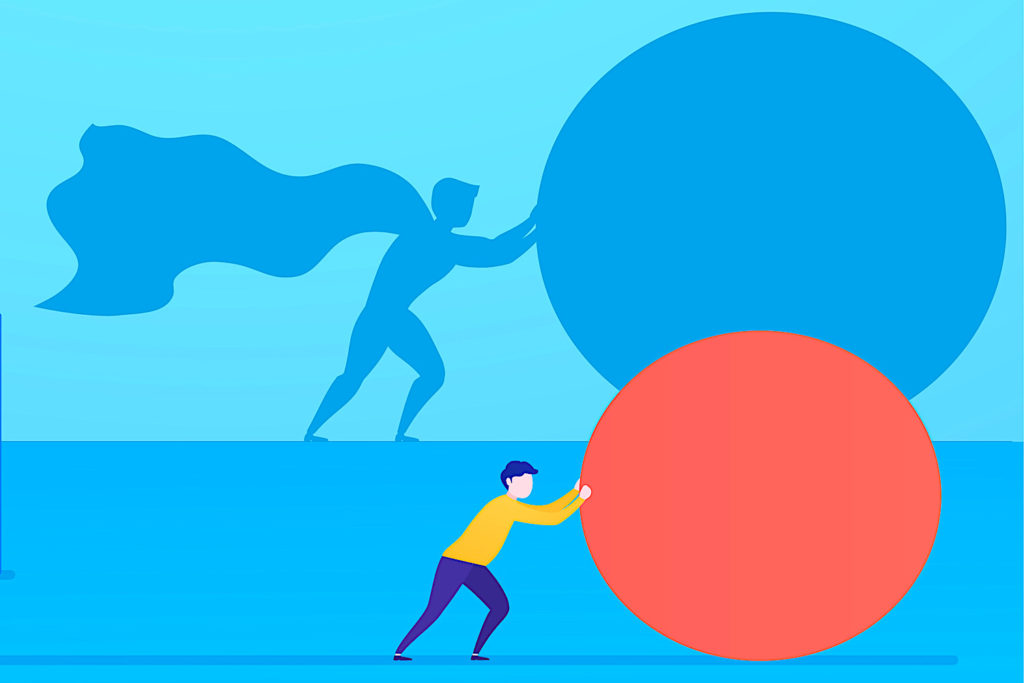
Immense creativity also comes with disadvantages. Creatives might find themselves torn between their art and their personal lives. Secret identities in the form of pennames or stage names are not uncommon. Even so, the loved ones of creatives might still suffer the consequences of their proximity to intense imagination.
I thought of these things as I heard Neil Gaiman read his work. His authorial superpowers led him to that auditorium with autographed copies of his books on sale in the lobby. The audience took in the magic of his published and unpublished words, but I couldn’t help but wonder if he might rather be somewhere else. He labored on stage in service of his creative superpowers when he may have preferred to be with his family on a farm in Smallville.
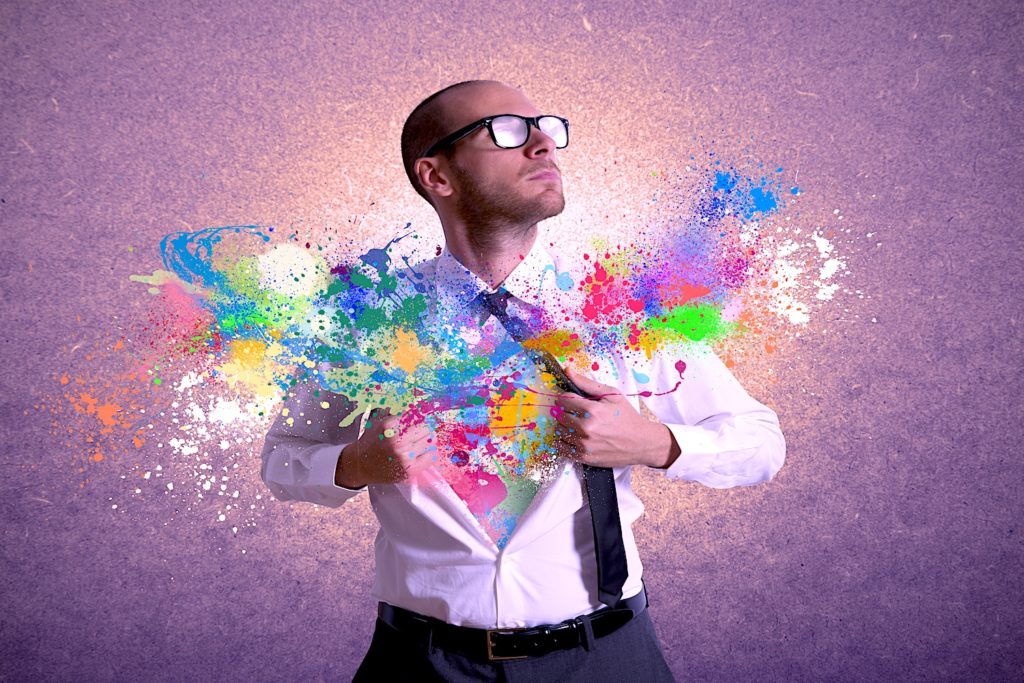
Still, I might be tempted to exchange my ordinary life for a chance at creative superpowers or the fame of Neil Gaiman. But then I consider that imagination, even when it is not superhuman, is still pretty amazing. While I might like to try on a creativity super cape from time to time, I might also be happy with my regular imagination, not supercharged, just the reliable, run-of-the-mill, extraordinary creativity that we all possess.